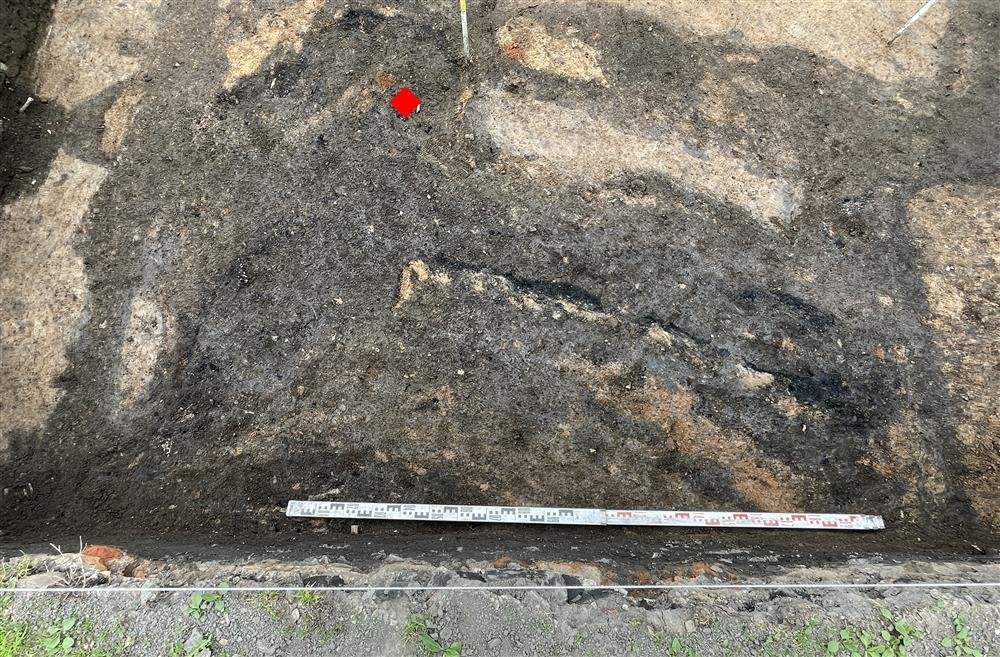Archaeologists from the Institute of Archaeology of the Russian Academy of Sciences have unearthed a rare Byzantine bone plaque within the historic walls of Suzdal, Russia.

This intricately carved artifact, measuring 45 x 46 mm, features a detailed depiction of a semi-naked warrior wielding a sword and shield, crafted with fine facial features and flowing hair. The plaque includes six asymmetrical mounting holes around its raised exterior border.
This find, believed to be a decorative overlay from a casket, dates back to the 10th to 12th centuries. These caskets, often produced by artisans in Chersonesus or Constantinople, were typically made of wood and adorned with small bone plaques attached using bone nails or pins.
Initially, such overlays were crafted from rare materials like ivory, but from the 12th century onwards, artisans began using bone from domestic or wild animals. This shift likely reflects the broader market orientation or the work of provincial workshops on the empire’s periphery.

In a press statement, the Institute of Archaeology RAS emphasized the significance of this discovery: “Bone plaques from boxes decorated with artistic relief carvings are an extremely rare and valuable find in the territory of Ancient Rus’.”
This plaque was found among the remains of historic dwellings from the 12th to 14th centuries, alongside other artifacts such as stone crosses, an encolpion (a medallion worn by Eastern Orthodox and Eastern Catholic bishops), a glass vessel with enamel painting, an iron key, and Drahičyn type seals from the Brest Region of Belarus.

The discovery is particularly noteworthy as it underscores the peak period of international trade and cultural exchange in Northeastern Rus during the 12th to early 13th century. These processes are reflected in various categories of imported items and unique pieces of artistic crafts, which are rarely encountered in archaeological research. The bone plate from Suzdal, with its skillful carving, detailed craftsmanship, and depiction of a warrior in mid-attack, showcases the mastery of Byzantine artisans.

Direct analogies to the Suzdal plaque can be found in Byzantine art, such as the side plates of caskets in the collections of the State Hermitage Museum and the Novgorod Museum Reserve. However, unlike the Suzdal find, these examples were made of ivory. Determining whether the plaque was produced in a Constantinopolitan workshop or a provincial one based on a pattern is a subject for future research.
The Institute of Archaeology RAS plans to re-examine finds from previous excavations and continue their protective archaeological research in the region.
Institute of Archaeology of RAS



























